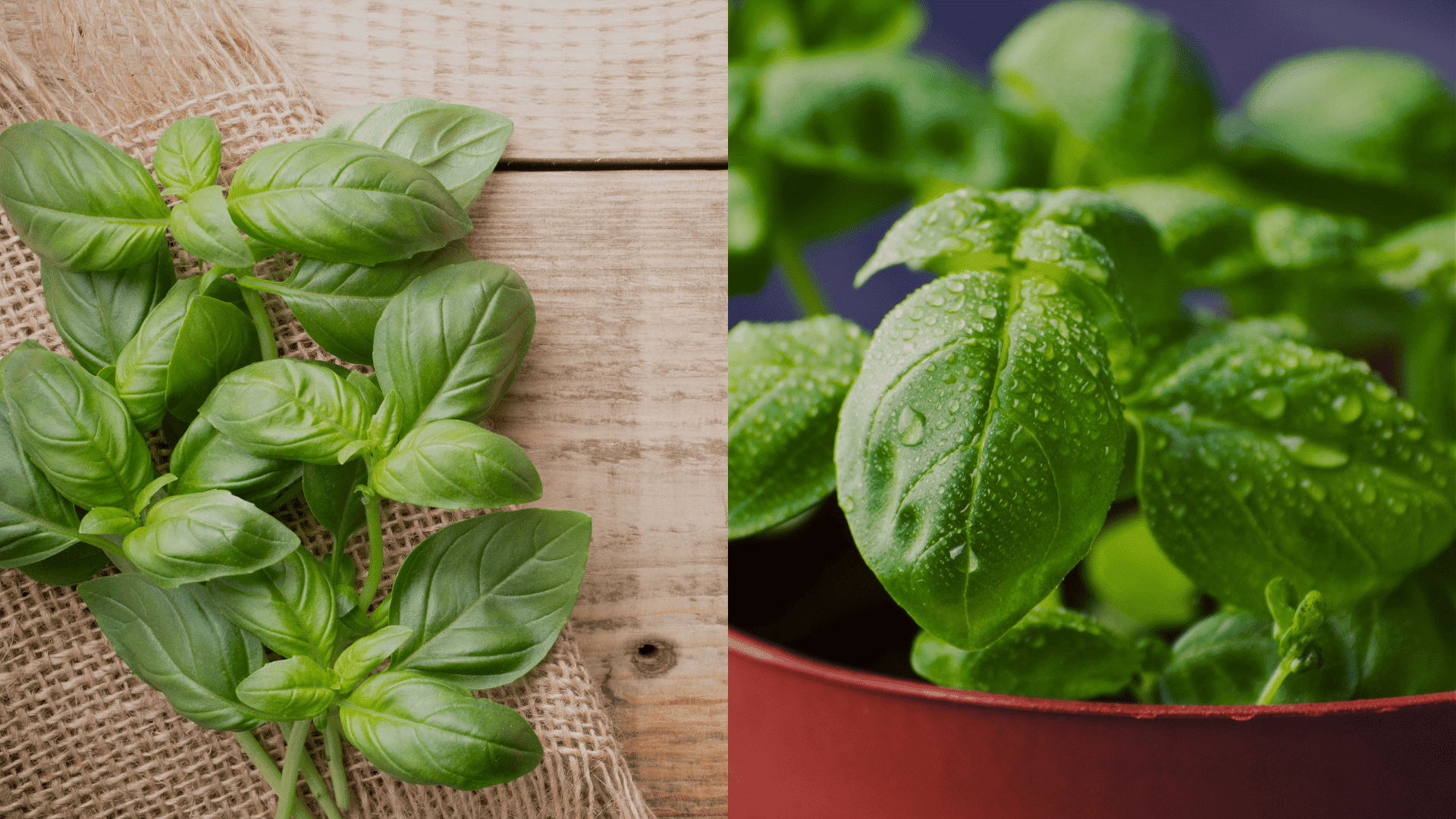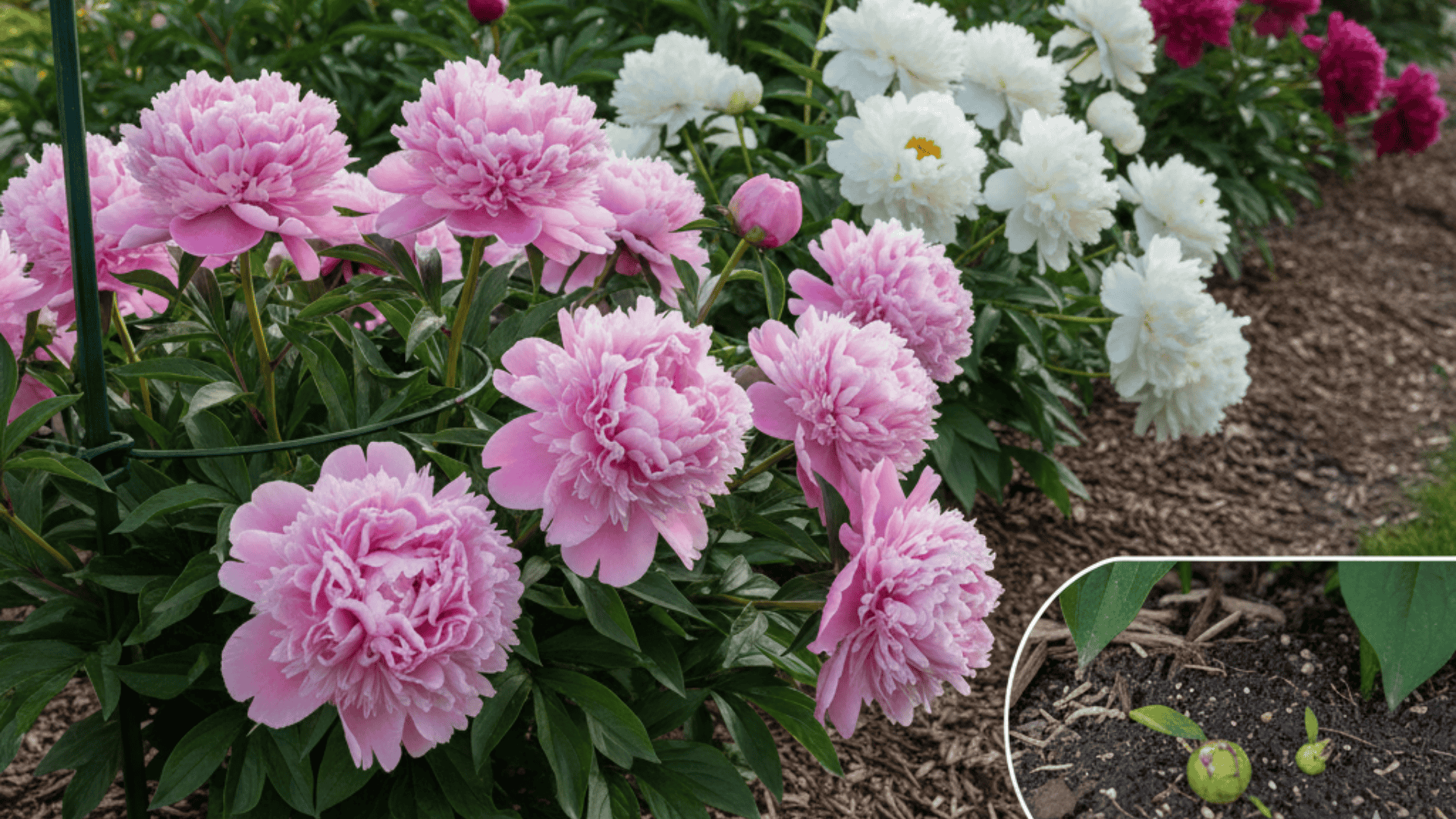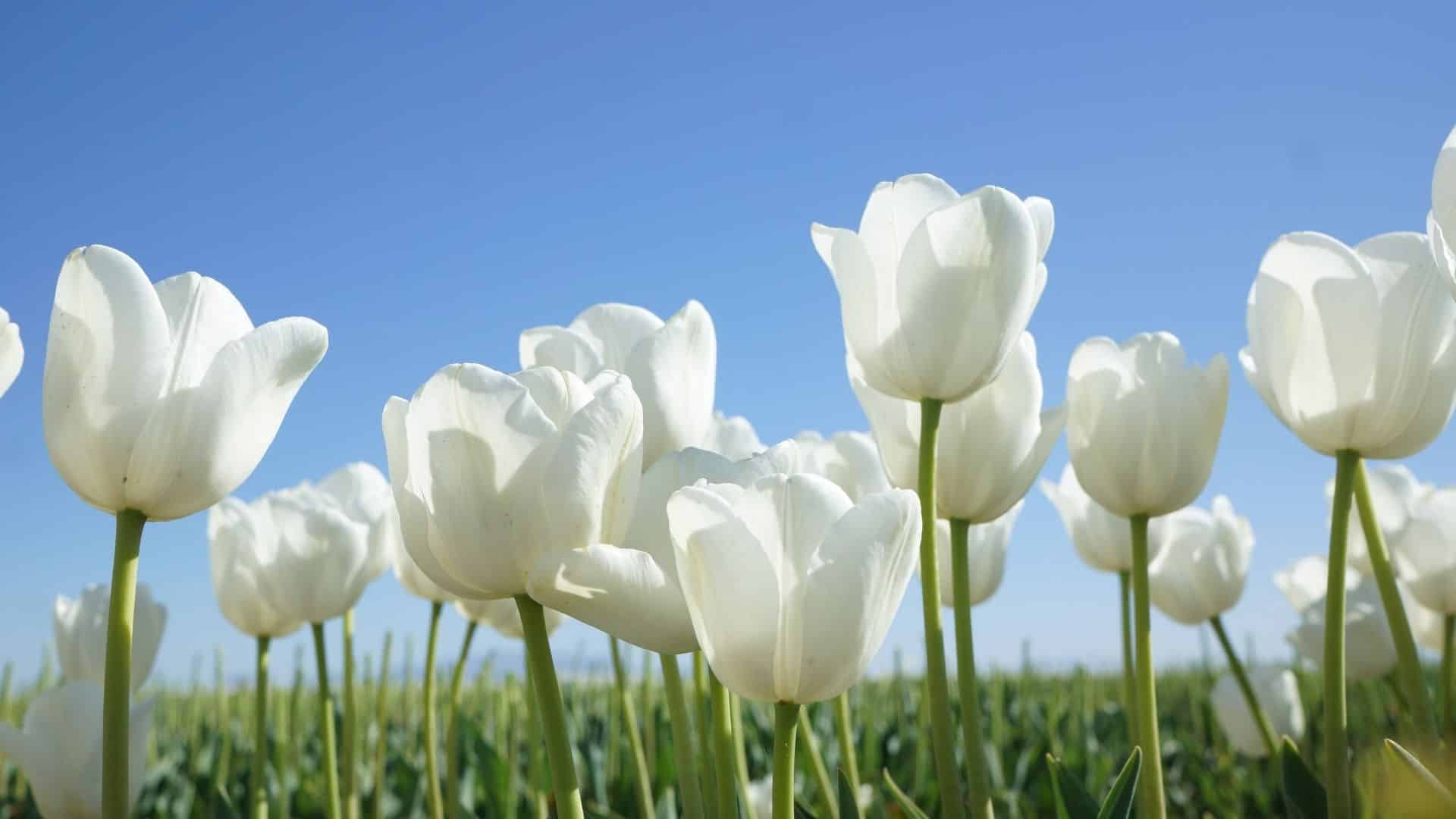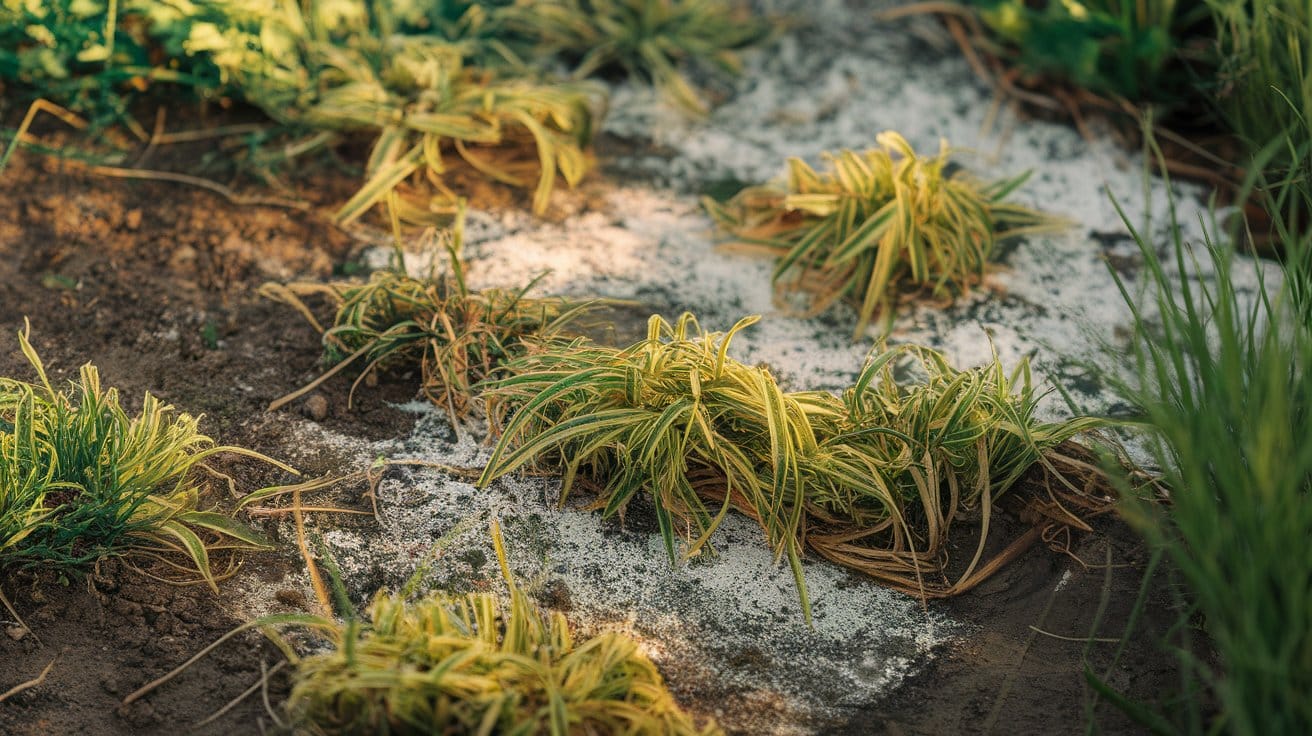If you’ve ever seen ranunculus in full bloom, you know why these flowers are so loved by gardeners everywhere.
With their rose-like layers of delicate petals, ranunculus look almost too beautiful to be real.
They come in nearly every color, from soft pastels to bright, bold shades, making them perfect for gardens and flower arrangements alike.
But when do ranunculus bloom? That’s the big question most gardeners want answered before planting these beautiful flowers.
Let’s explore their blooming season, planting times, soil preparation, and care tips for healthy, long-lasting flowers.
When Do Ranunculus Bloom?
Ranunculus bloom from spring to early summer, typically March to May in mild climates and April to June in cooler regions.
From planting to flowering takes about 90 days.
Fall-planted corms bloom earlier, while spring-planted corms flower later.
Once they start blooming, ranunculus produce flowers for 4-7 weeks.
When to Plant Ranunculus?
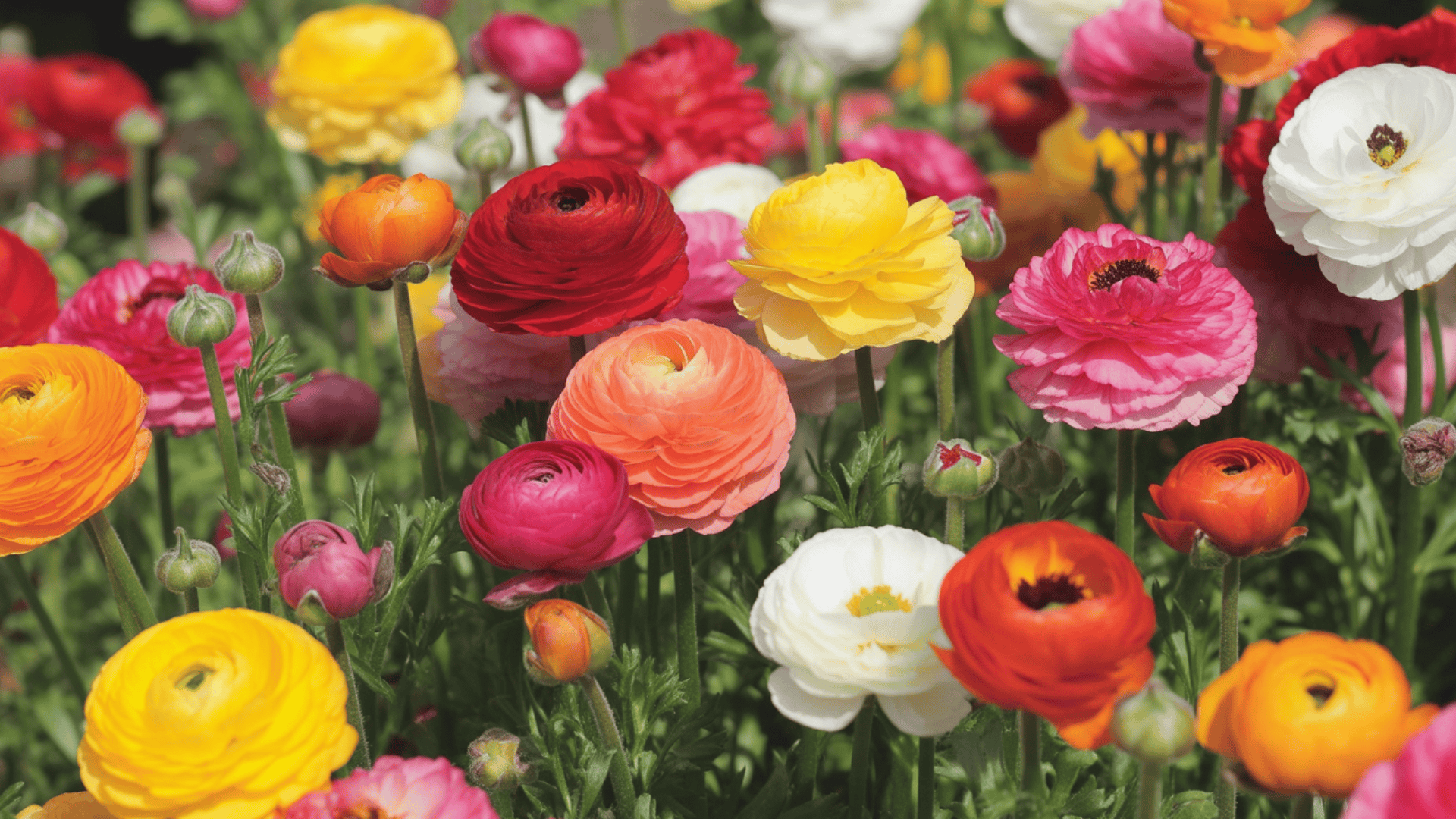
Choosing the right planting time is crucial for successful ranunculus blooms.
Fall planting works best in mild climates, while cold-winter regions require spring planting.
Here’s what you need to know for each zone.
Mild Winter Areas (Zones 8-10)
Plant from September to November when soil temperatures cool to around 60°F (15°C).
During fall planting, corms have several months to establish strong root systems throughout the winter.
- Extended Root Development: This longer establishment period allows plants to store more energy, resulting in earlier spring blooms in March and April.
- Better Flower Quality: Fall-planted ranunculus produce larger flowers due to well-established root systems and enjoy a longer blooming period.
Cold Winter Areas (Zones 2-7)
Plant from February to March, approximately 4-6 weeks before your last expected frost date.
In these regions, the ground freezes during winter, making fall planting impossible.
- Soil Requirements: The soil should be workable and cool (around 50-55°F) but not frozen. Spring-planted ranunculus have less time to establish before flowering.
- Bloom Timeline: Blooms appear in May and June. While they have less time to establish, they still create beautiful displays throughout late spring.
What Triggers Ranunculus to Bloom?
Several environmental factors work together to trigger ranunculus blooming.
Knowing these triggers helps you create the ideal conditions for flowering.
1. Cool Temperatures: Ranunculus need a period of cool weather to initiate blooming. Fall-planted corms that experience winter chill produce earlier and more abundant flowers.
2. Day Length: Increasing day length in spring triggers bloom development. As days grow longer, ranunculus recognize it’s time to flower.
3. Root Development: Strong, established root systems are essential before blooming begins. Well-developed roots support the energy needs of flower production.
4. Adequate Moisture: Consistent soil moisture during the growing season triggers healthy bud formation. Water stress can delay or reduce blooming.
Factors That Influence Blooming Season
Several factors determine when your ranunculus will bloom and how well they’ll perform.
Learning these elements helps you create the right conditions for healthy plants and abundant flowers.
| Factor | Requirements |
|---|---|
| Temperature | Ideal: 55-60°F (13-15°C) / Avoid: Above 75°F (24°C) |
| Planting Time | Mild climates: September-November / Cold climates: February-March |
| Soil Quality | Well-drained soil / pH: 6.0-6.5 |
| Sunlight | Cool regions: Full sun (6-8 hours) / Warm areas: Afternoon shade |
| Water and Nutrients | Keep soil evenly moist / Fertilize every 2-3 weeks |
How to Grow Ranunculus?

Proper soil preparation and planting techniques help ranunculus develop strong roots and produce abundant flowers.
Follow these steps for the best results.
1. Preparing the Soil
Loosen soil to a depth of 8-10 inches and break up any clumps.
Mix in 2-3 inches of compost or well-rotted manure to improve drainage and add nutrients.
For heavy clay soils, add sand or perlite to improve drainage.
Test your soil pH and adjust if needed using sulfur (to lower pH) or lime (to raise pH).
The ideal range is 6.0-6.5.
2. Pre-Soaking and Planting Corms
Ranunculus corms look different from typical bulbs.
They resemble small, dried octopi with finger-like projections.
Pre-soaking helps them absorb moisture and begin growing more quickly.
Pre-Soaking Process:
- Place corms in room-temperature water for 3-4 hours (not overnight, as too much water can cause rot)
- Watch them swell and expand to 2-3 times their original size
- Some gardeners prefer soaking in water with a fungicide to prevent disease
- Plant immediately after soaking
3. Spacing and Depth
Proper spacing and planting depth are essential for healthy ranunculus.
1. Planting Depth: Place corms 2 inches deep with the “claws” (finger-like projections) pointing downward. The flat or slightly rounded side should face up.
2. Spacing: Space corms 4-6 inches apart to allow adequate air circulation and room for growth. Closer spacing (4 inches) creates a fuller look but may increase disease risk in humid climates.
3. Planting in Rows: If growing ranunculus for cut flowers, plant in rows 12 inches apart. This arrangement makes maintenance easier and provides good air flow between rows.
Care Tips to Extend Blooming Period
Proper care during the blooming season helps ranunculus produce more flowers for a longer time.
Focus on consistent watering, regular feeding, and removing spent blooms.
- Watering: Water once or twice weekly, checking moisture by inserting your finger into the soil.
- Fertilizing Tips: Avoid high-nitrogen fertilizers during flowering.
- Cut flowers: Harvest when mostly open in the morning.
- Deadheading: Cut faded flowers above foliage with clean scissors to extend blooming several weeks.
Common Problems with Growing Ranunculus Flowers
Even with proper care, ranunculus can face challenges. Here are common problems and how to address them.
1. Corm Rot: Overwatering or poorly drained soil causes corms to rot. Ensure soil drains well and avoid watering when soil is still moist.
2. Yellowing Leaves: This can indicate overwatering, poor drainage, or nutrient deficiency. Check soil moisture levels and improve drainage if needed.
3. Powdery Mildew: White powdery coating on leaves occurs in humid conditions with poor air circulation. Space plants properly, water in the morning, and remove affected leaves.
4. Aphids and Pests: Small insects can cluster on buds and leaves, sucking plant juices. Spray with water to dislodge them, or use insecticidal soap for heavier infestations.
Conclusion
Understanding when do ranunculus bloom helps you plan your garden for maximum impact.
These flowers typically appear from spring to early summer, with timing influenced by your climate zone and planting schedule.
The key to abundant blooms lies in proper soil preparation, choosing the right planting time, and providing consistent care through watering, fertilizing, and deadheading.
Managing temperature, sunlight, and moisture levels throughout the season ensures weeks of vibrant color.
Have you grown ranunculus before? Drop your tips or questions in the comments below!
Frequently Asked Questions
Do Ranunculus Bulbs Multiply?
Yes, ranunculus bulbs (corms) can multiply. After flowering, they produce small offsets that can be separated and replanted in the next growing season.
Do Ranunculus Do Better in Pots or the Ground?
Ranunculus grow well in both pots and the ground. Pots suit cooler regions, while garden beds allow better root spread and higher bloom production.
Can I Leave Ranunculus in the Ground Over Winter?
In mild climates, you can leave ranunculus in the ground. In colder regions with frost, it’s best to dig up and store corms indoors.




